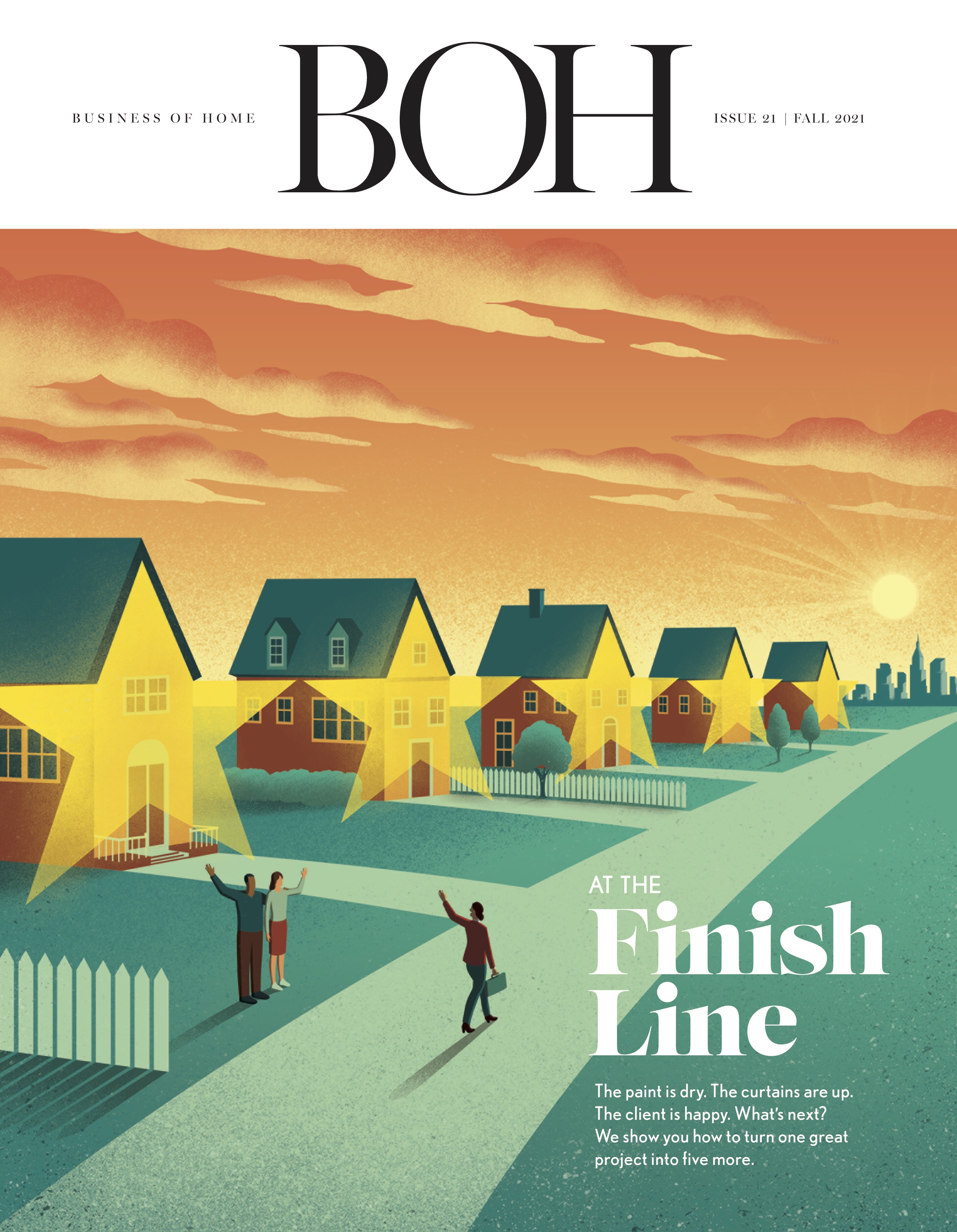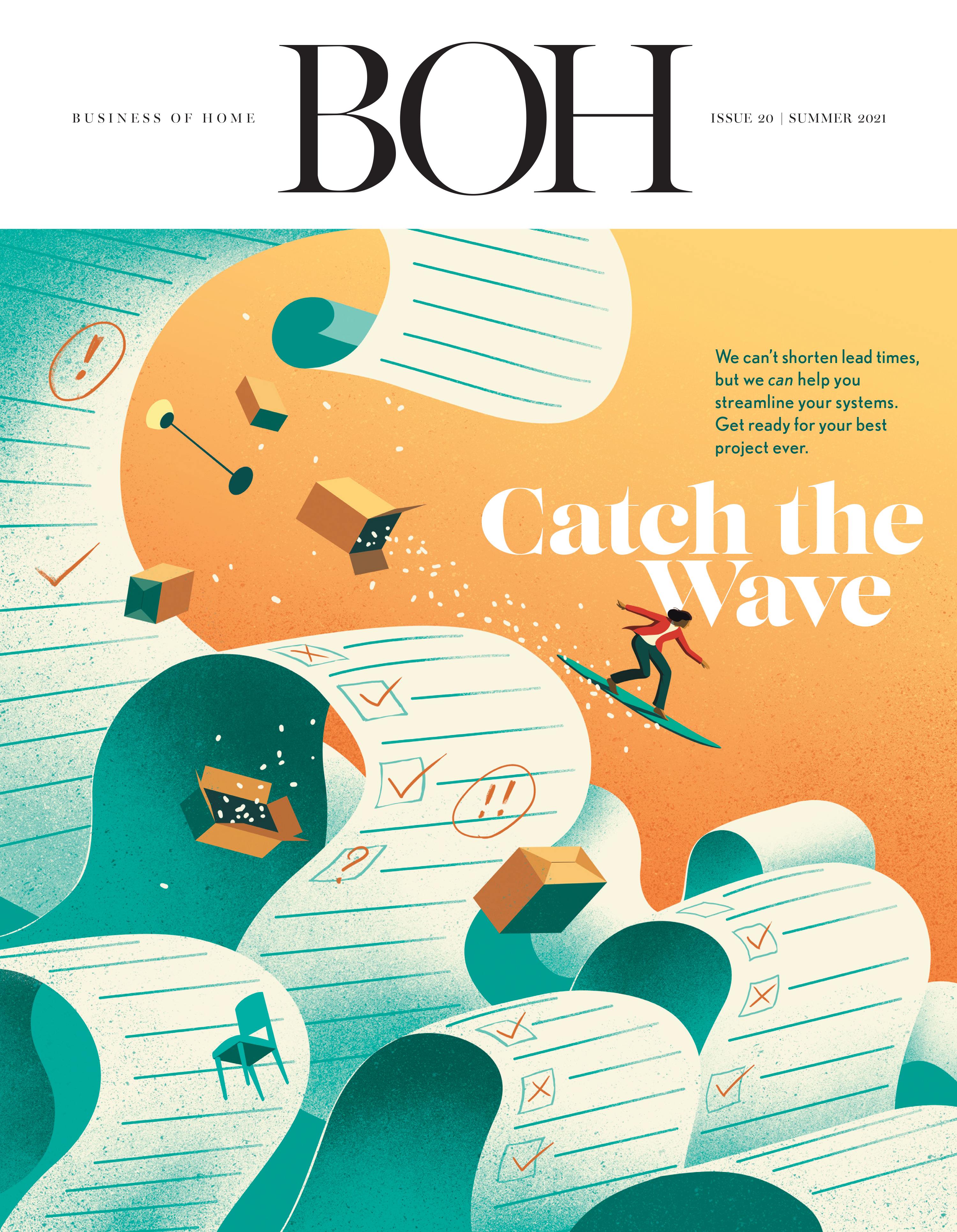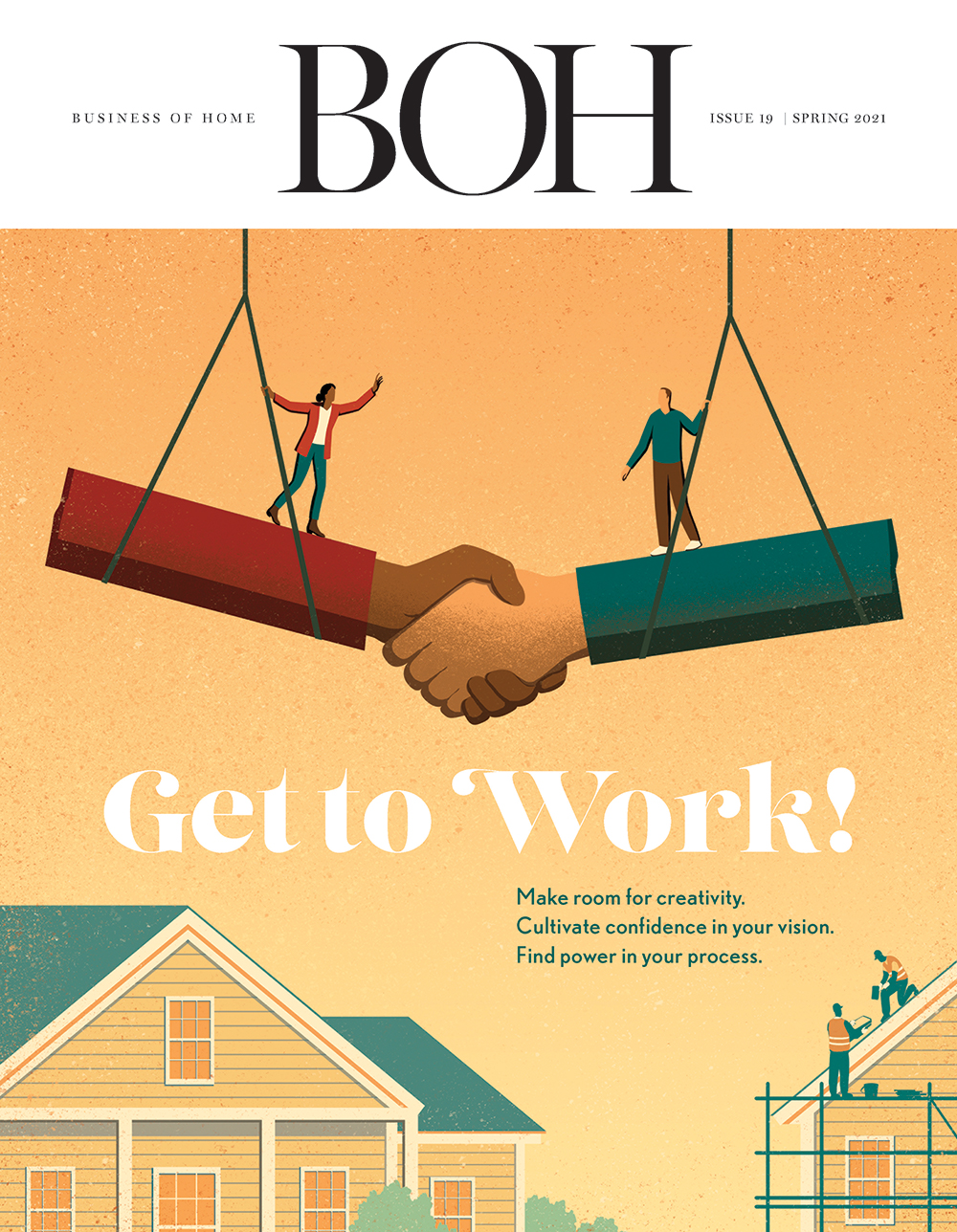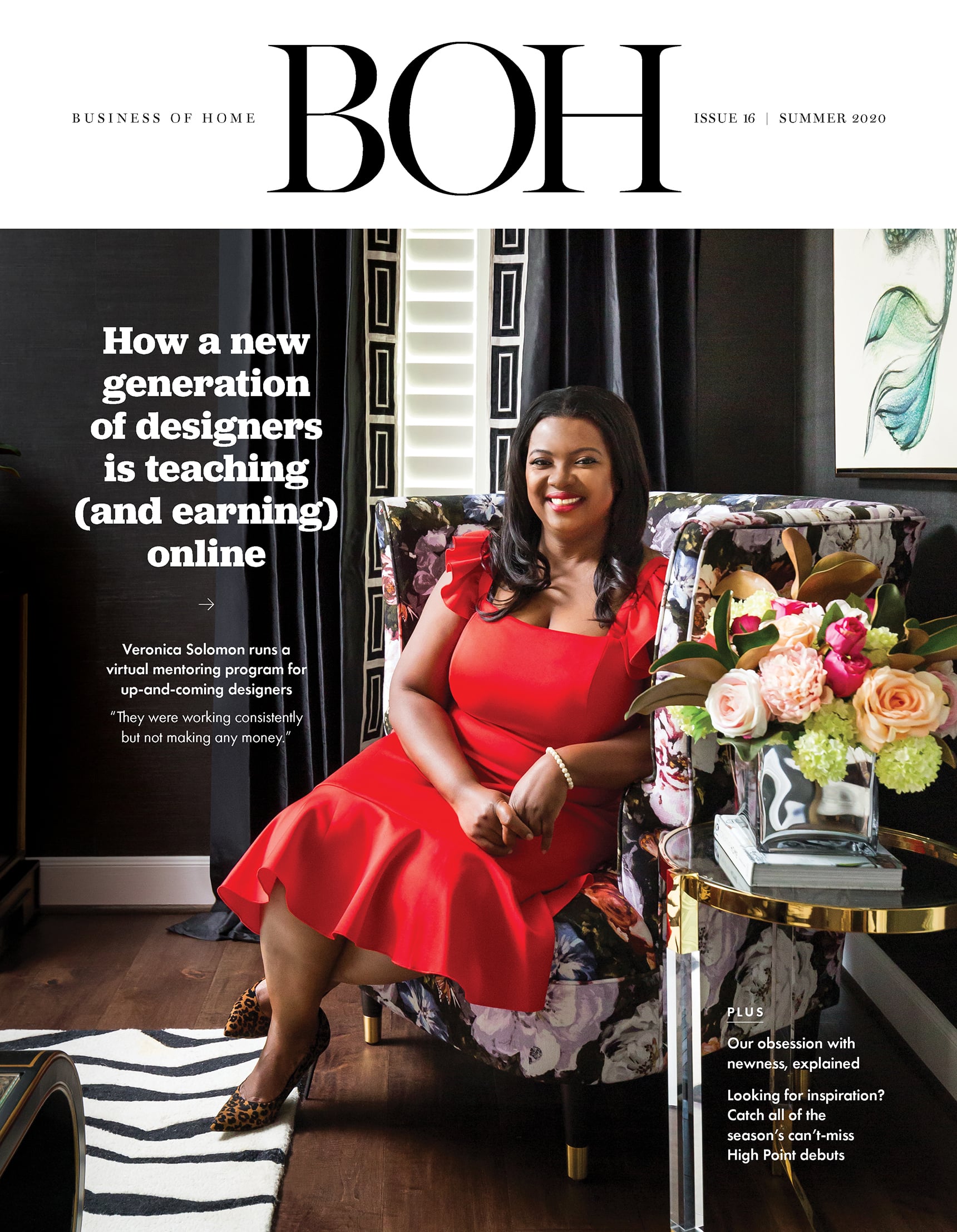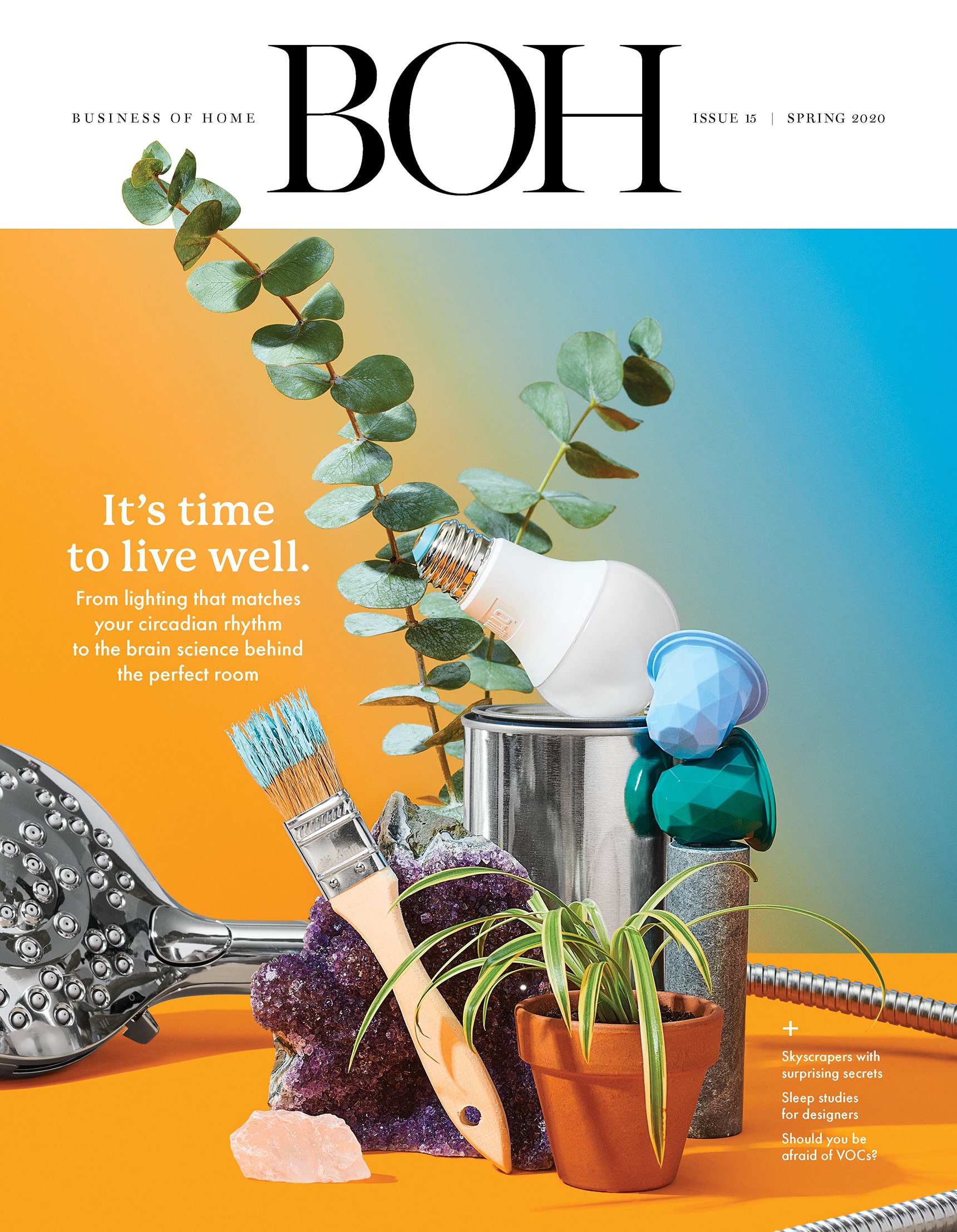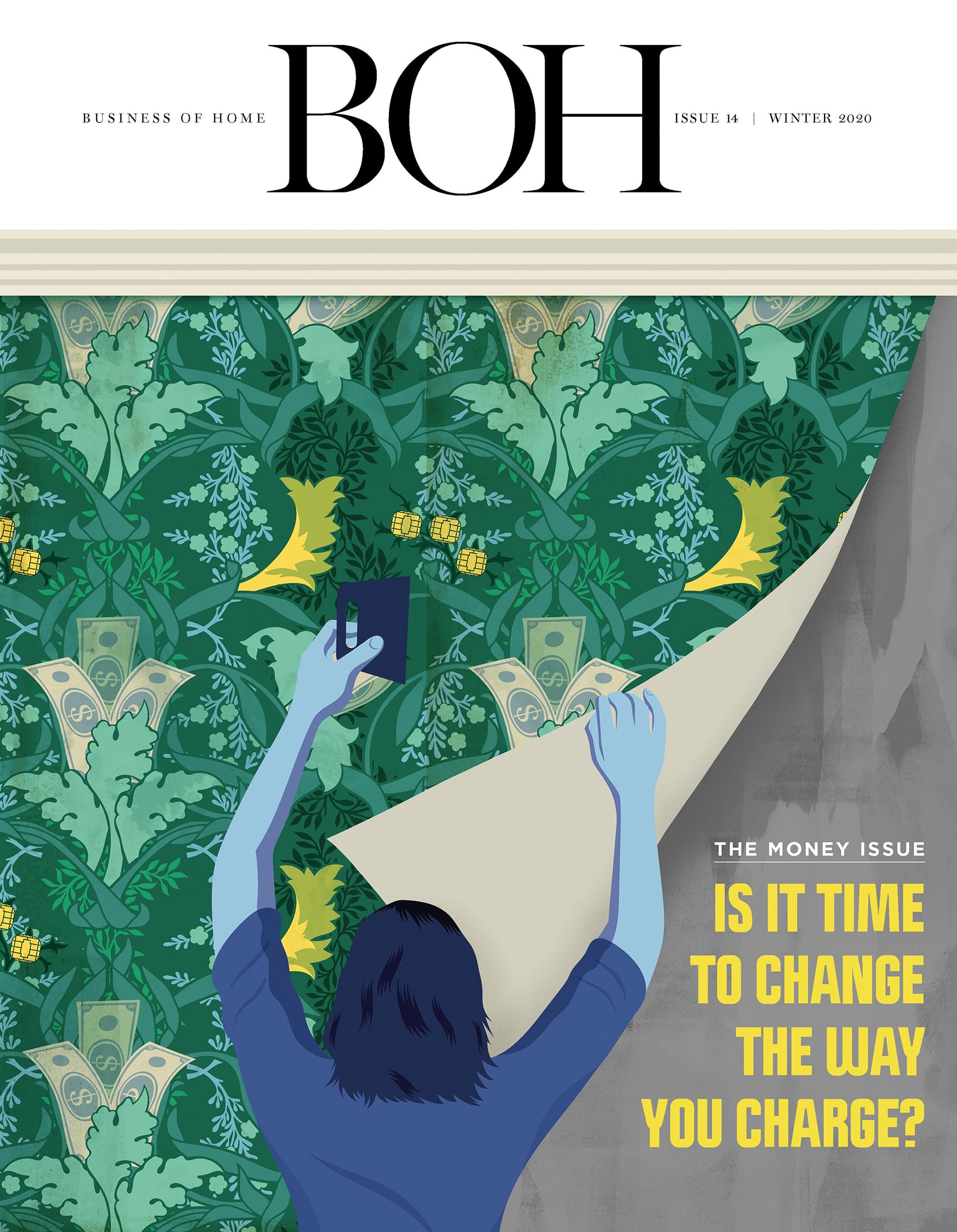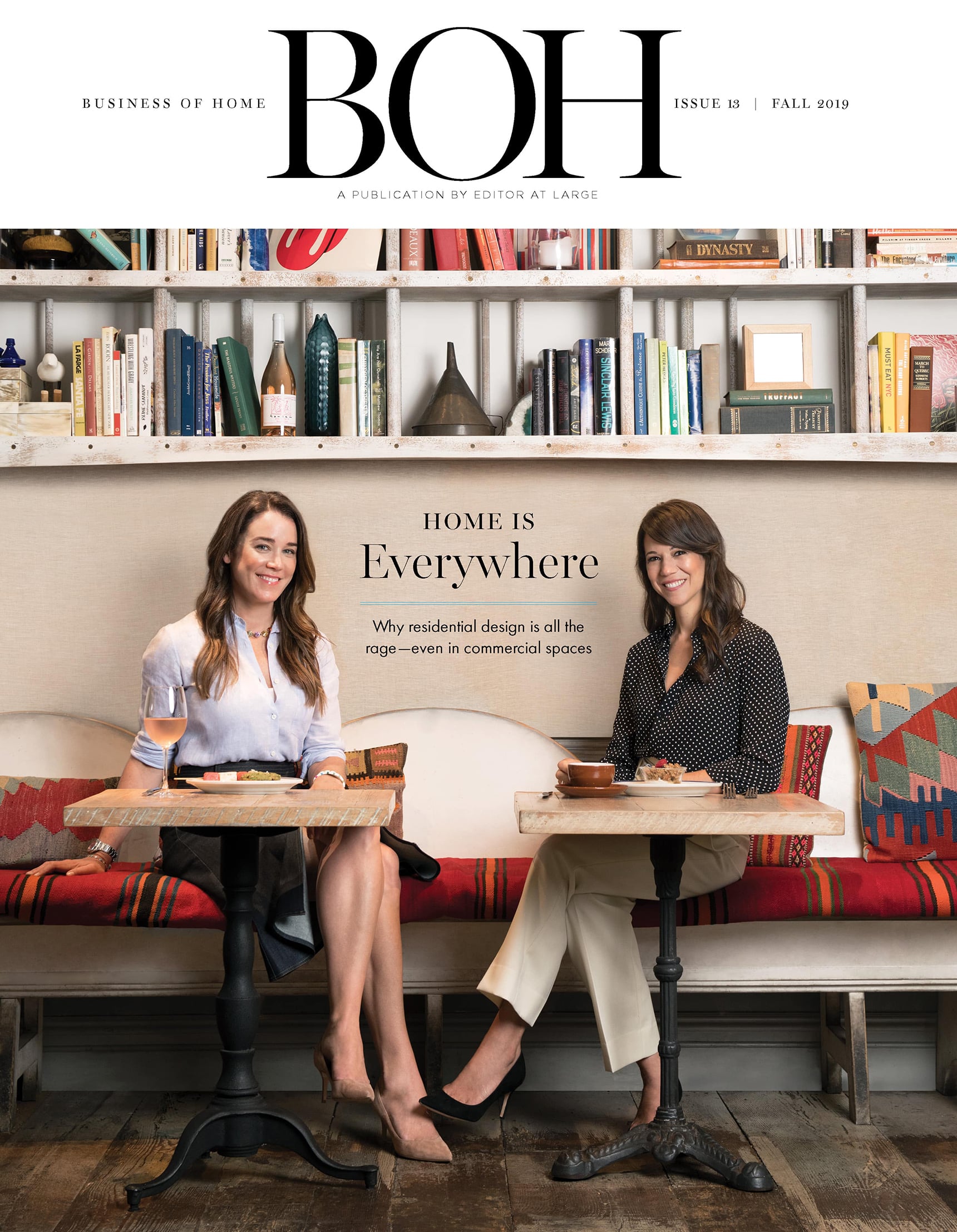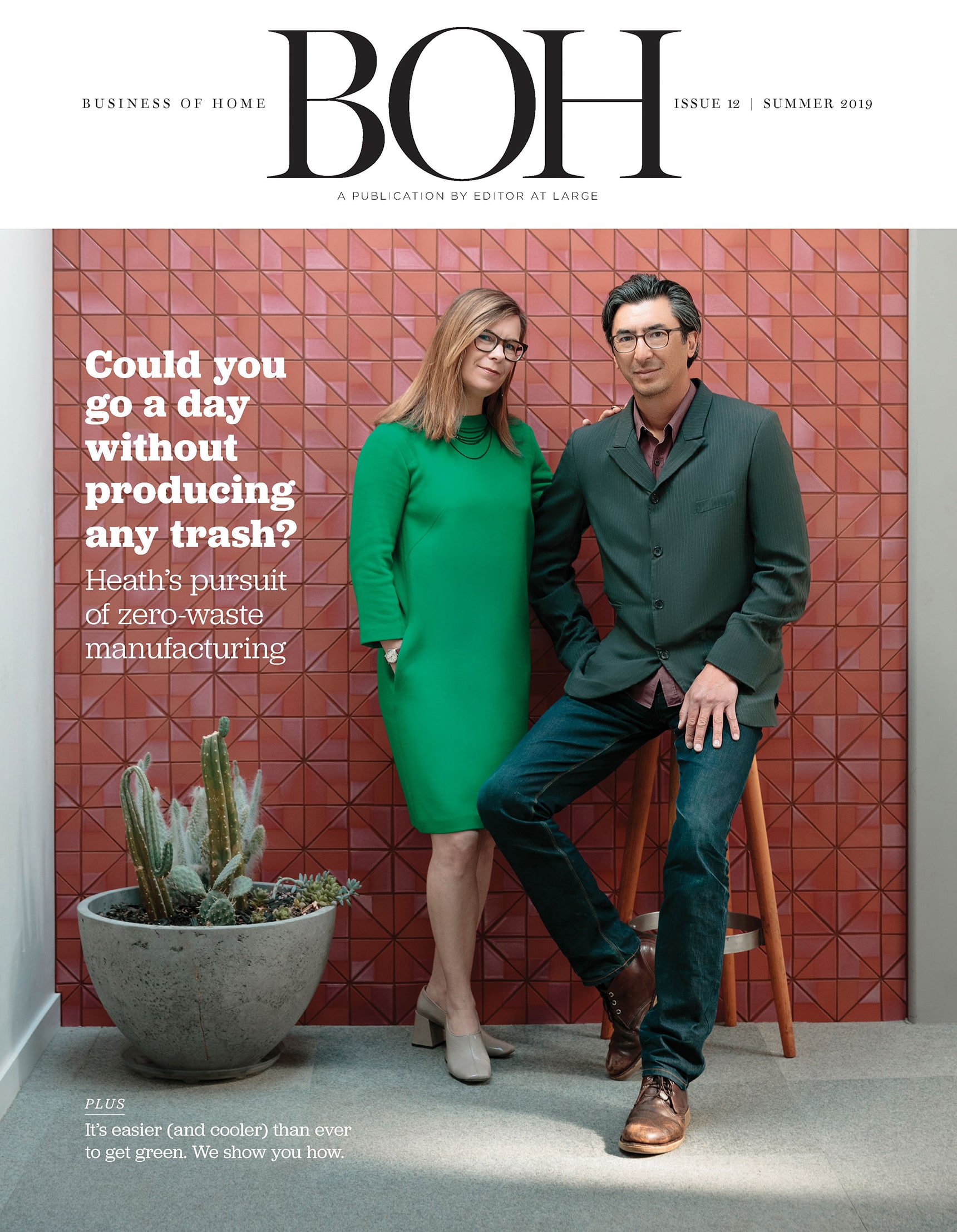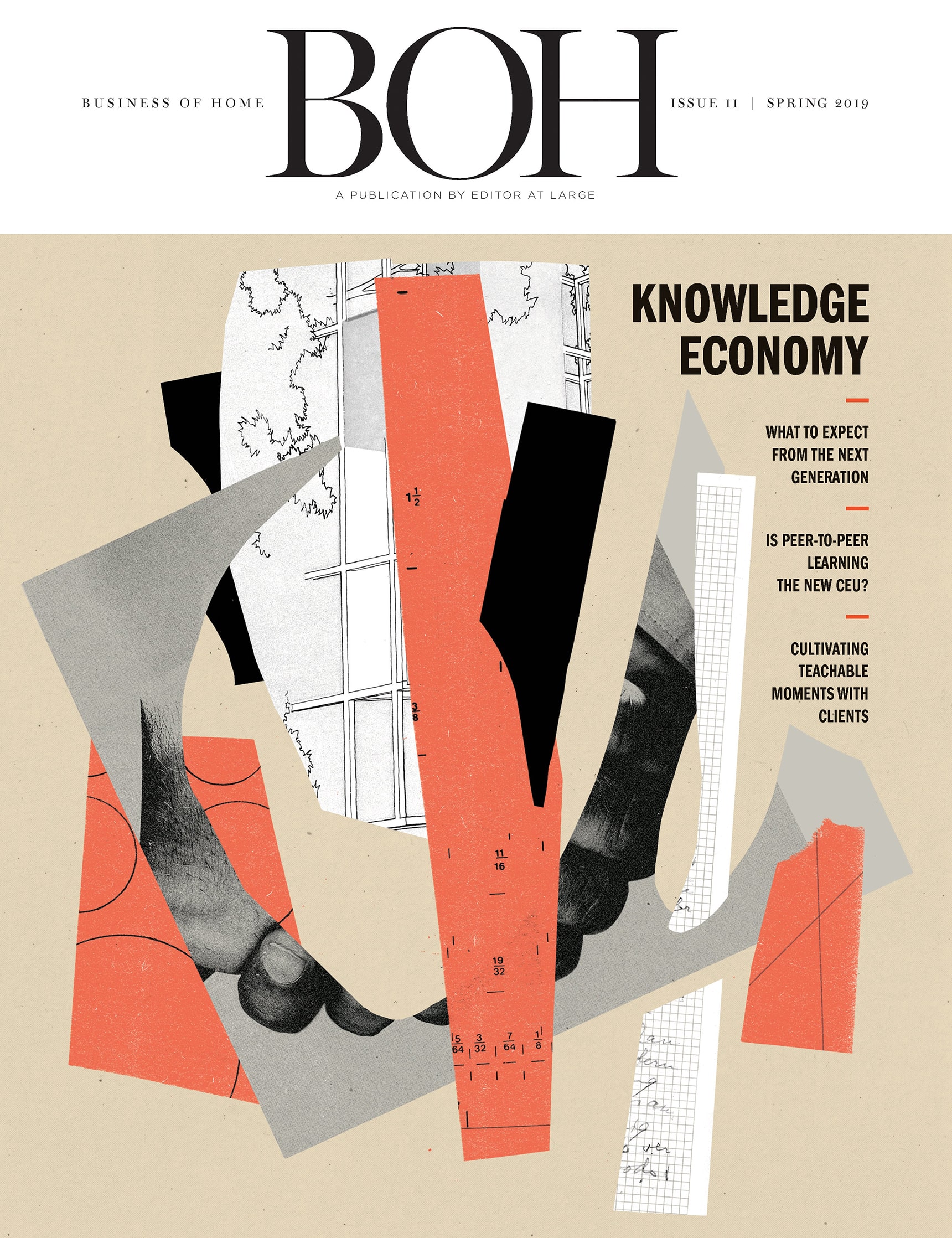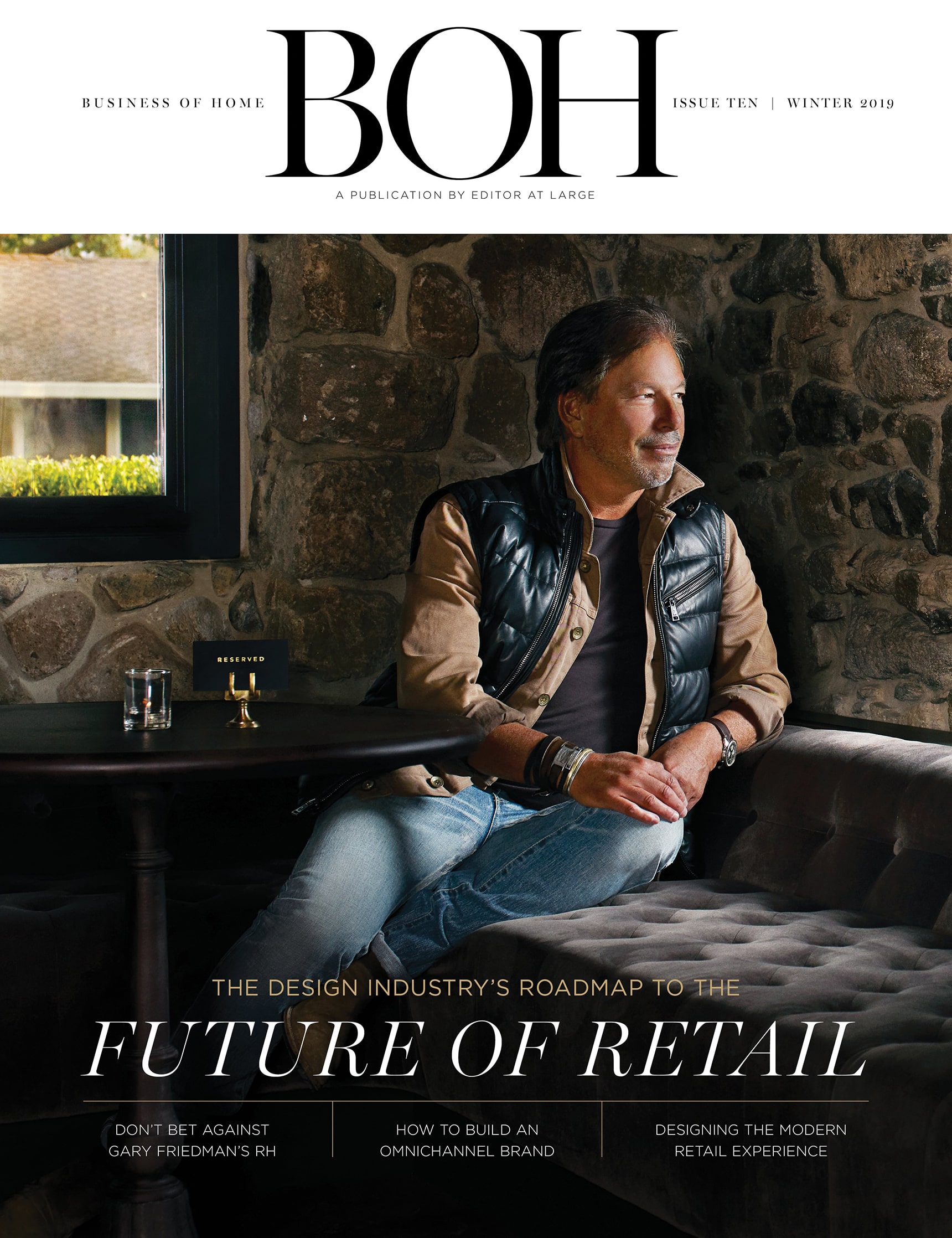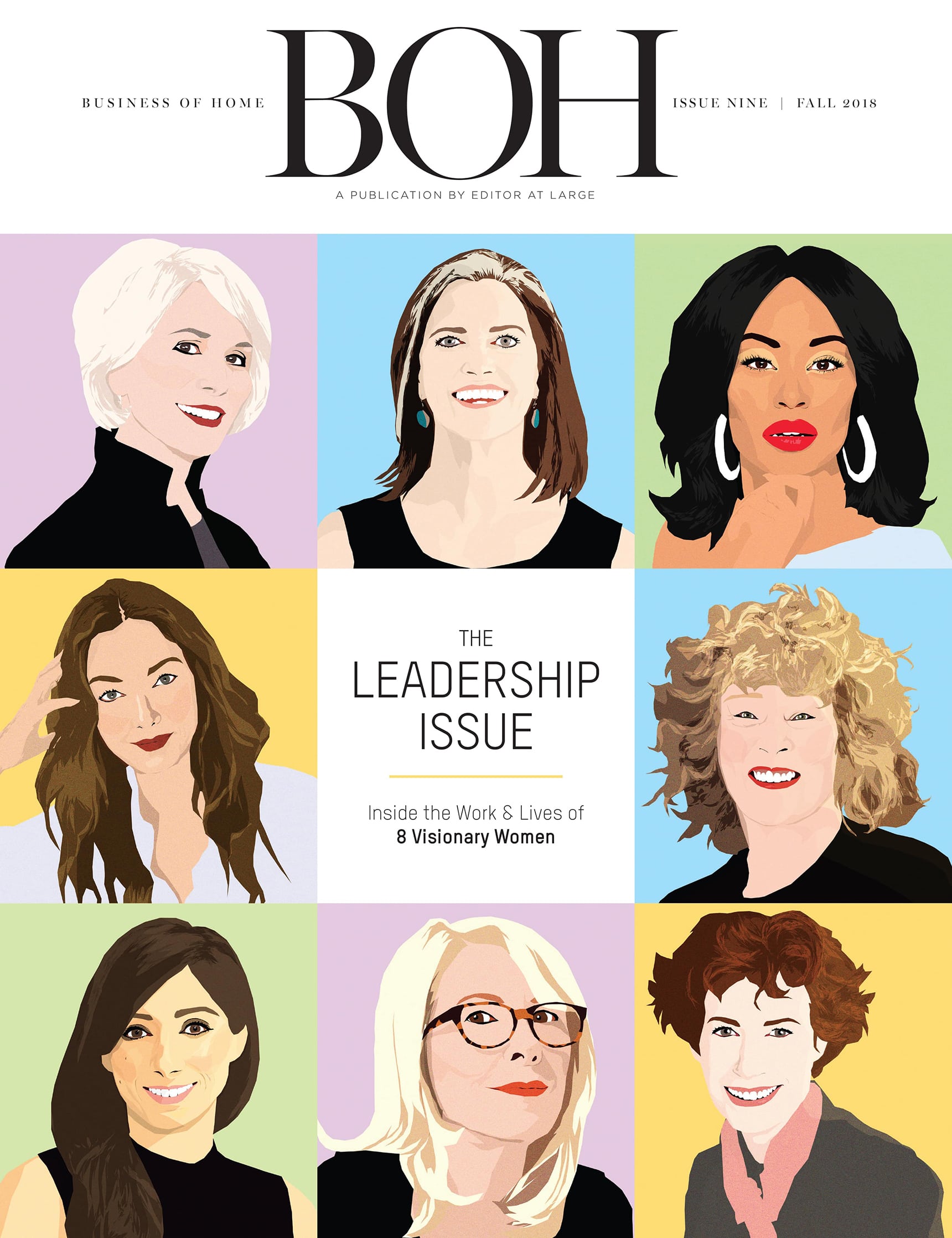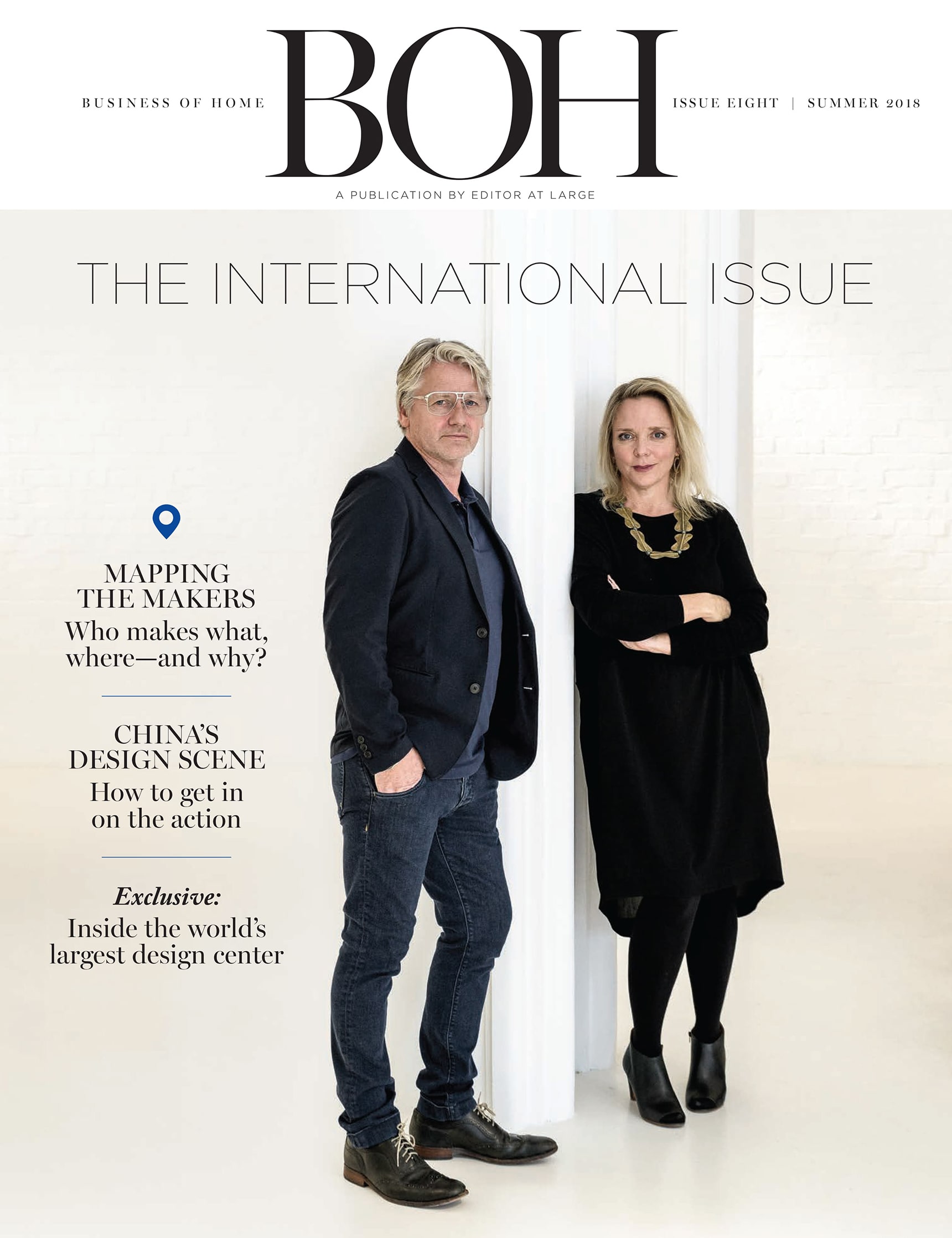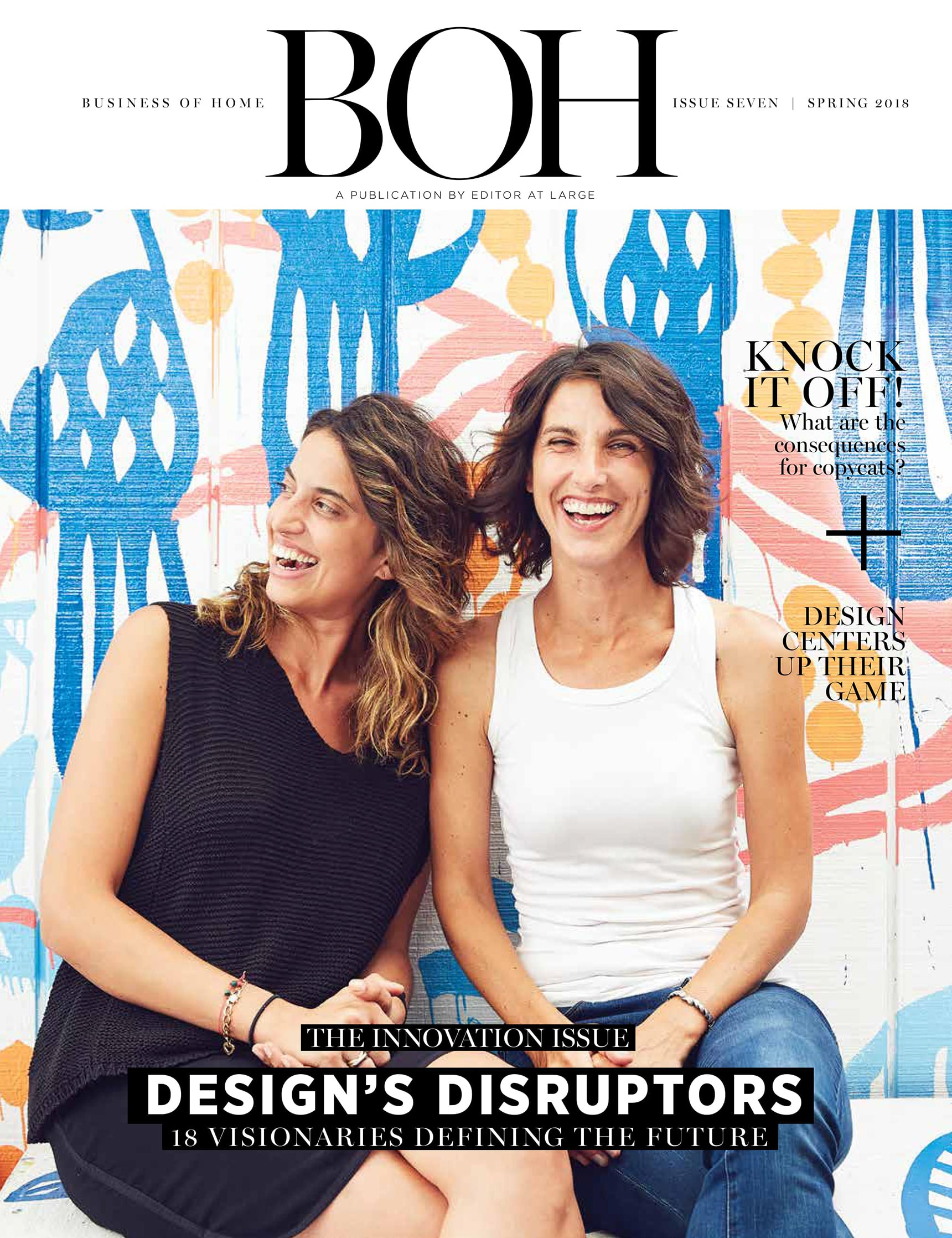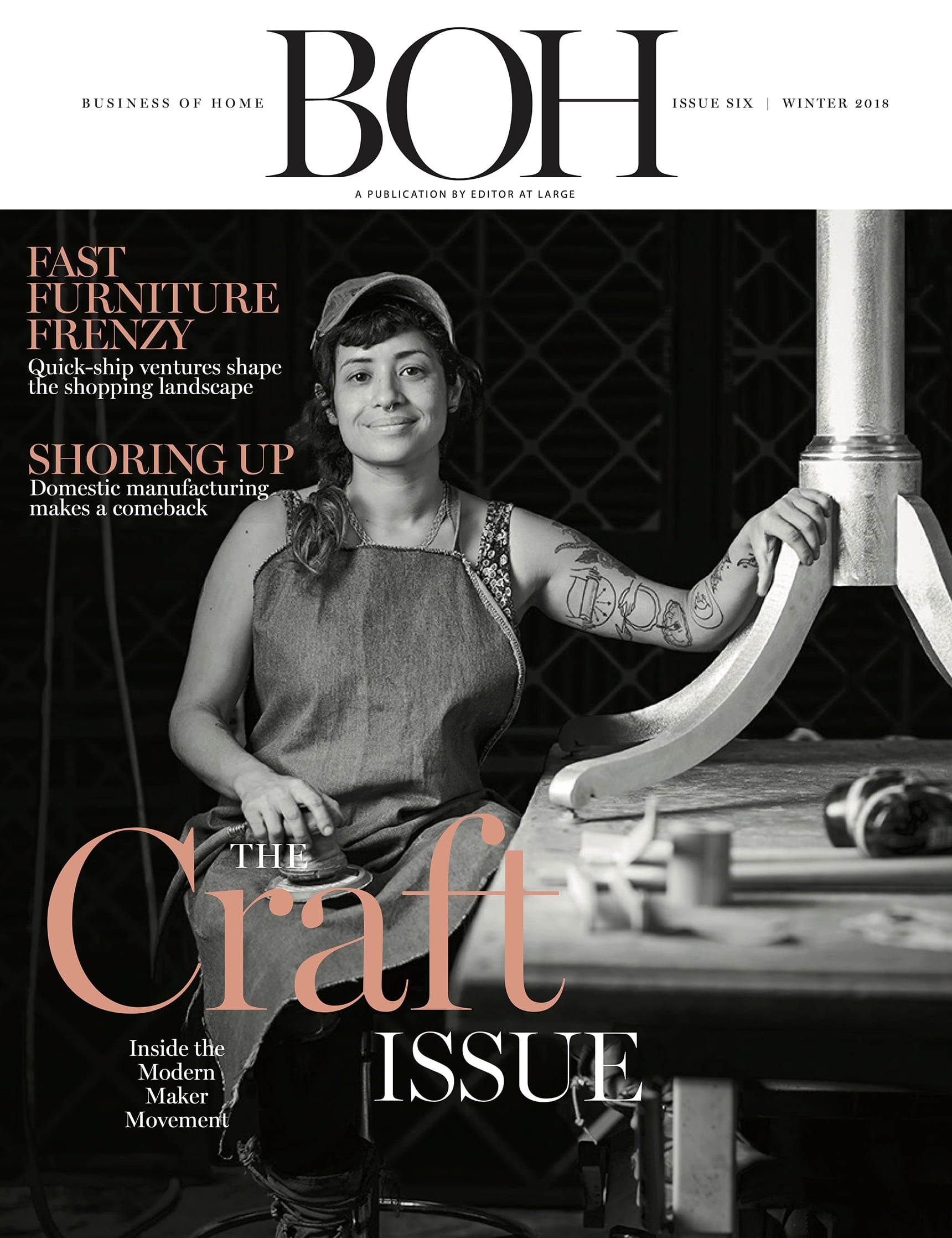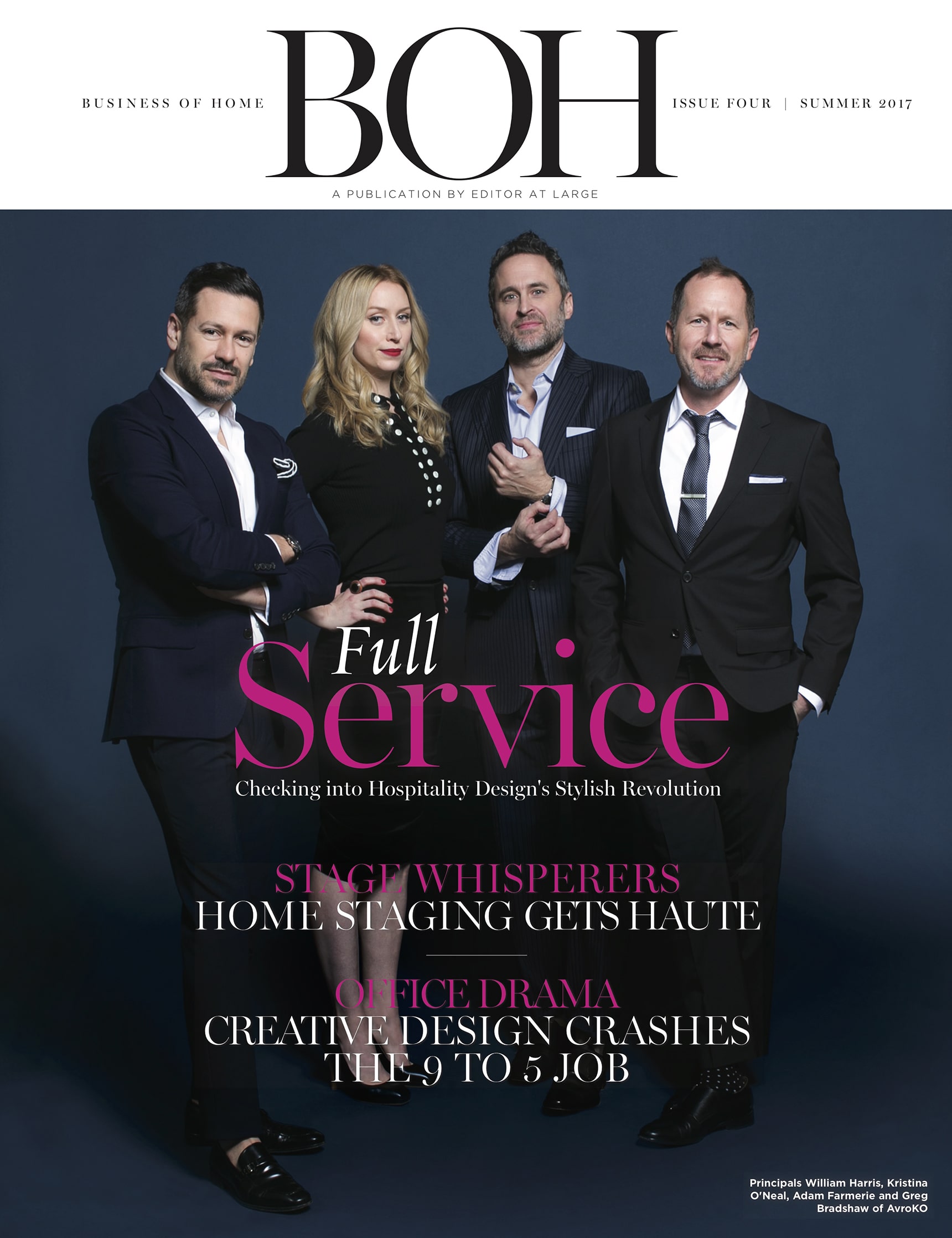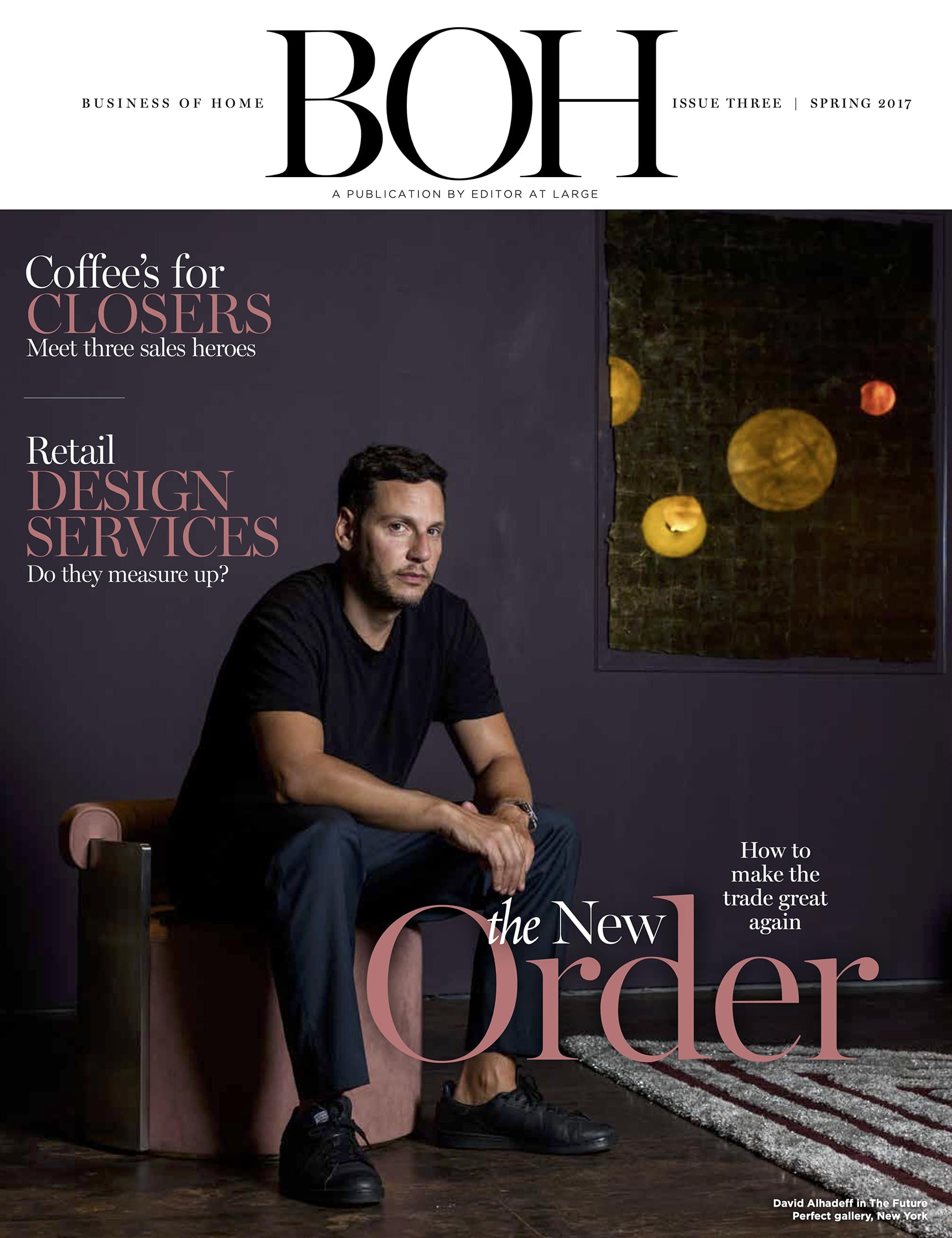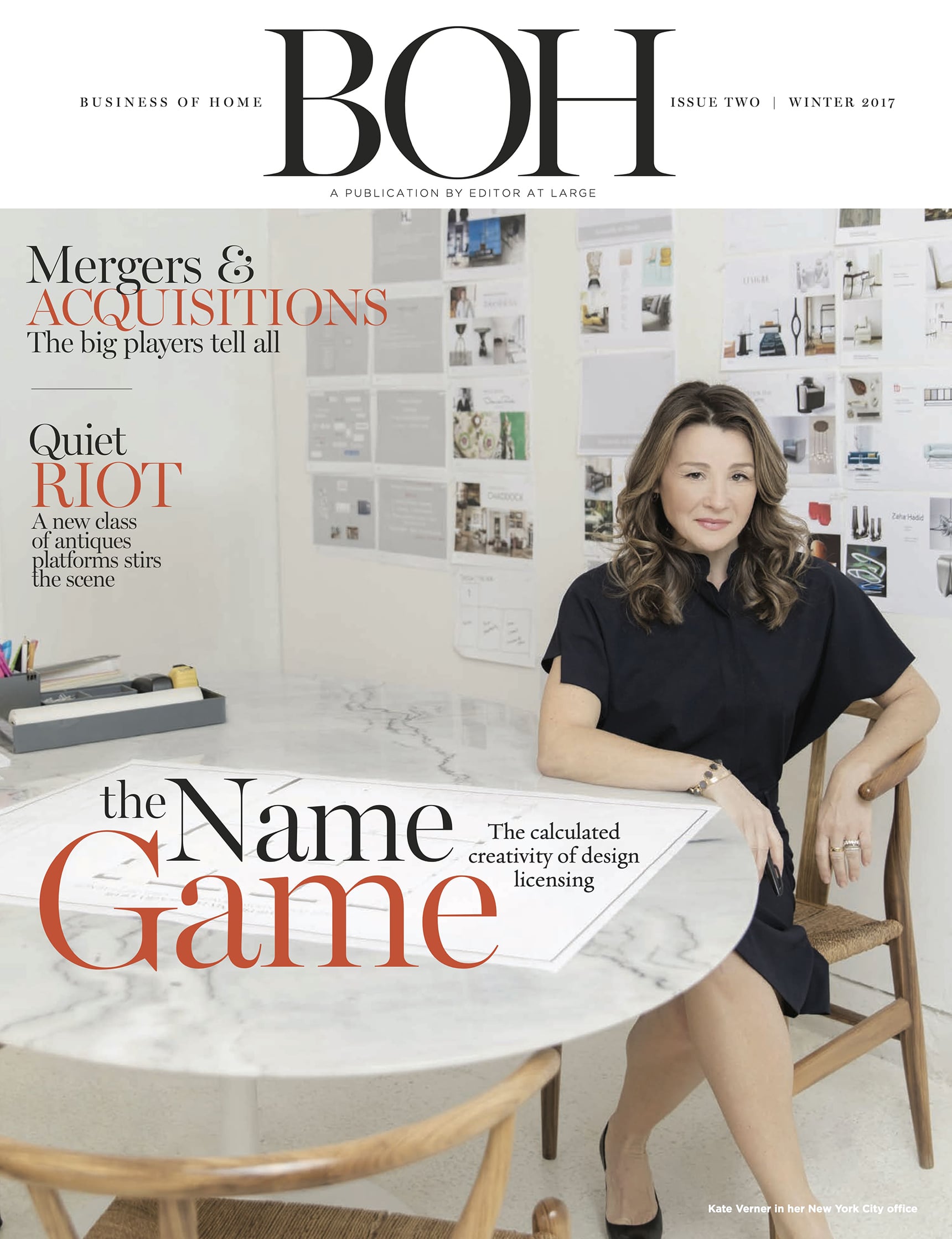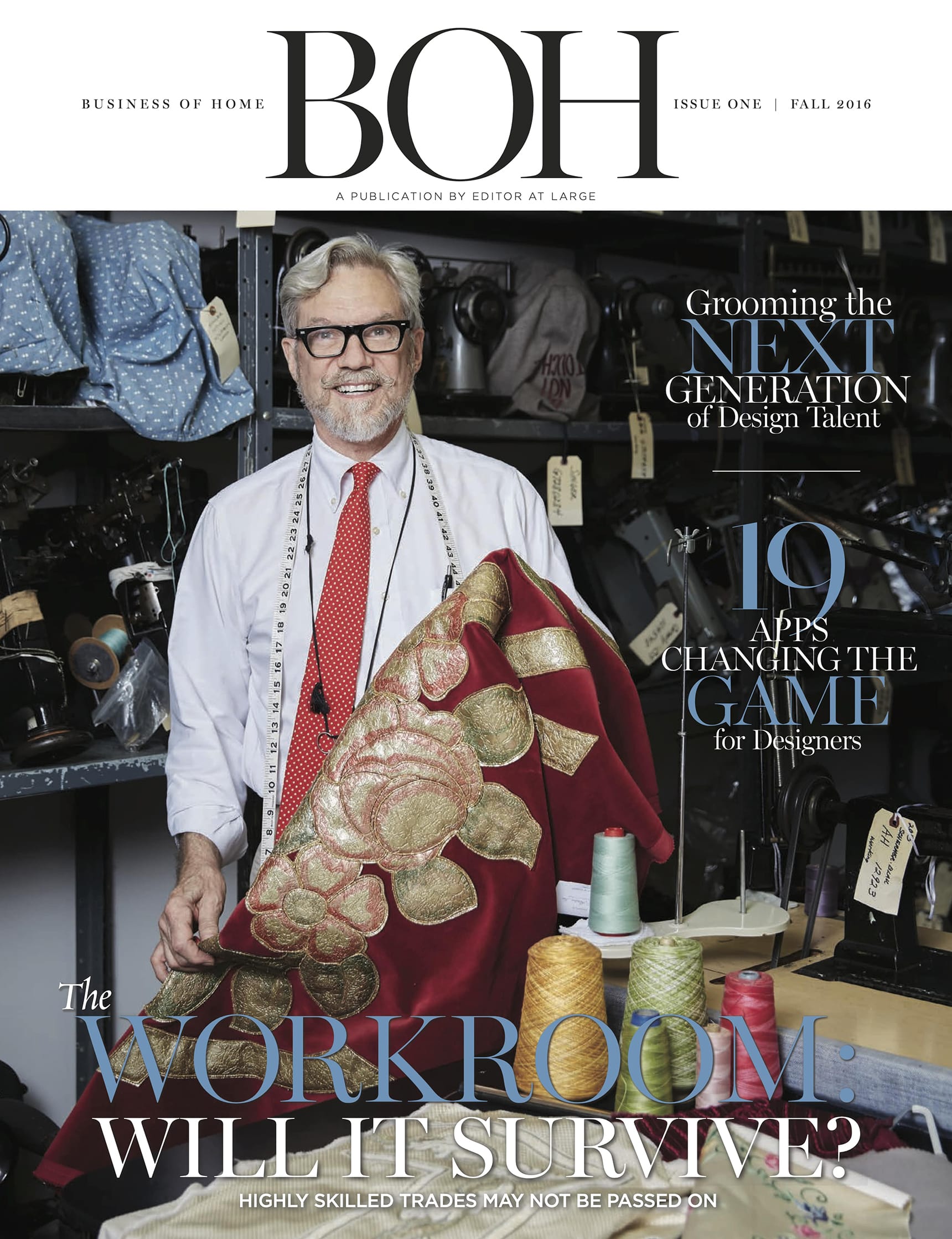In the first decade of running architecture and design firm Workshop/APD, Andrew Kotchen and his co-founder Matt Berman strategically diversified their portfolio to ensure steady growth even in uncertain times. Over the years, their team swelled to nearly three dozen employees. Then the pandemic hit, and the firm doubled in size again. Growth at that scale means being a leader, but also building the firm’s next generation of leaders from within.
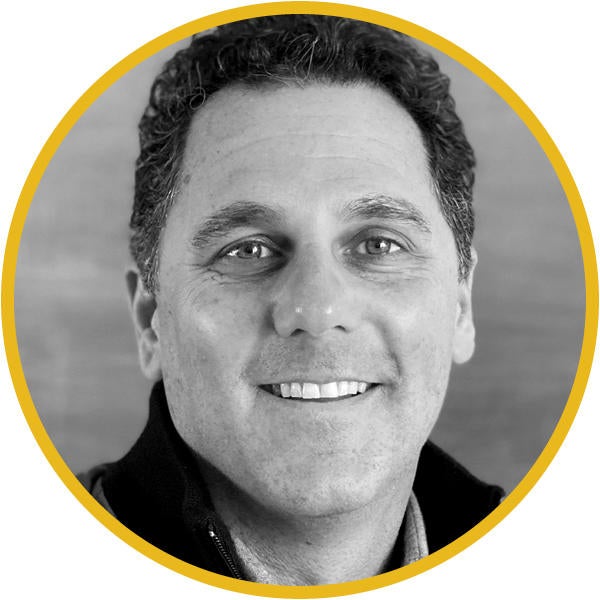
Your firm has grown from pretty big to really big in the past two years. What does that feel like, and how have you approached this latest round of hires?
One of my very early mentors once told me that no matter what you do or where you go in your career, you need to always preserve a portion of your time to do what you love. If we allow growth to dilute our pleasure about what we do and where our strengths lie, then growth becomes something that you fight instead of something you can embrace and enjoy. So as Workshop/APD has grown, that’s been the foundation for our growth.
We decided early on that we were never going to grow in size only based on projects—we were going to grow with a long-term strategy in mind, when we felt we were ready to dip our toe into that next chapter of a firm’s progression. By thinking that way, we have never put ourselves in the position where we were growing and contracting based on our projects and workflow.
Does that end up meaning that you hire in groups instead of onesietwosie hires?
It means we’re always looking for great new talent, and we will invest in that talent even if we don’t believe the work is there today. The belief is the work will be there tomorrow. But that’s also where the stress comes in, right?
Growth doesn’t have to be scary if you loosely map it out. We have doubled our size in terms of people—gone from 40 people to 80 people right now. We were able to do that only because we had built an infrastructure of leadership. We have a core group of people who have been with us for 15 or 16 years, and we have hired another round of amazing leadership folks, so we had that uppertier leadership and management in place that allowed us to grow. As you know, there’s no talent on the streets right now—everybody is hired, and it’s an employee’s market. They can go wherever they want, and they can name their price. But we were able to get a lot of upper-middle management, and those people wanted to come to work for us. When you get to a point in your career where people want to be part of your team, that also makes it easier to build a team quicker.
When you’re talking about that many team members, does it start to get easier to make a hire?
All of it is terrifying. The reality of the kind of growth we were experiencing really hit me when we were doing bonuses at the end of last year. We’re a very bonus-heavy firm—we bonus people really well, and we always have, even when we’re not as profitable as we’d like to be, just because we believe in rewarding people for their great work.
But when you’re talking about bonuses for 80 people, that number has a lot more zeros.
That number has zeros and zeros, and the zeros keep going. It’s pretty daunting, but it’s also exhilarating, exciting and energizing all at the same time.
I am always the pessimist. If you talked to my co-founder Matt, he is this hopeful optimist who floats in the clouds. But finally, after 23 years, I am optimistic, too. I believe that the phone is going to keep ringing—even when the economy turns, I still feel like the phone is going to ring enough to support this level of an office. The creative growth and the financial growth are two different things. Creative growth is building the team, trusting the team and moving projects forward; financial growth is really building financial security, which is where the stress comes from.
How do you project that growth?
I always try to reinforce to everybody in the office: Our burn rate is X, and to become more profitable and to grow, we have to be X times .02. With inflation, and with people wanting raises, it is just constant. We have been fortunate enough to work with a company called Precise that specializes in financial modeling for our kind of architecture and engineering firms. They have changed our ability to see the future at Workshop/APD that we never could before—we model things out as if we’re a financial institution.
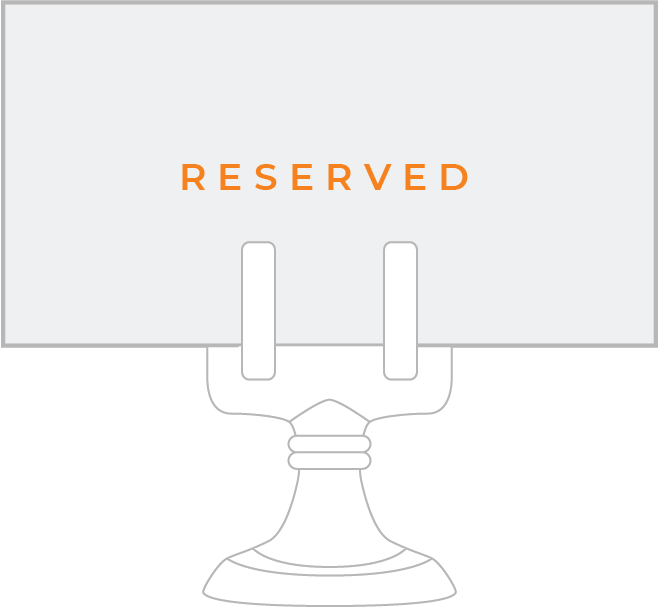
BOH subscribers and BOH Insiders.



















